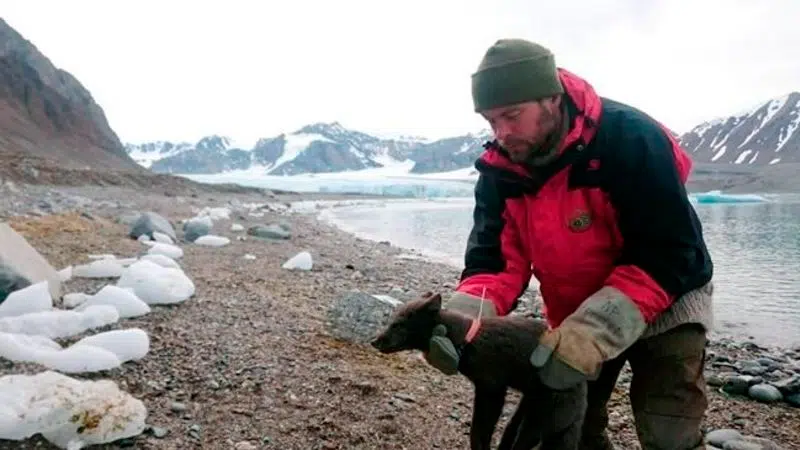
Arctic fox walks more than 2,700 miles from Norway to Canada
COPENHAGEN — An arctic fox walked more than 4,415 kilometres (2,737 miles) to go from northern Norway to Canada’s far north in four months, Norwegian researchers said.
The Norwegian Polar Institute reported the young female fox left her birth place on Norway’s Svalbard archipelago on March 1, 2018 and reached Canada’s Ellesmere Island by way of Greenland on July 1, 2018.
The ground the small fox cumulatively covered over those four months was among the most ever recorded for an arctic fox seeking a place to settle down and breed, the institute said in a research article subtitled “One female’s long run across sea ice.”
Institute scientists monitored the fox’s movements with a satellite tracking device they fitted her with in July 2017 near her native habitat by a glacier on Norway’s Spitsbergen island. She stayed close to home then gradually ventured out until she left the island on March 26, 2018.
